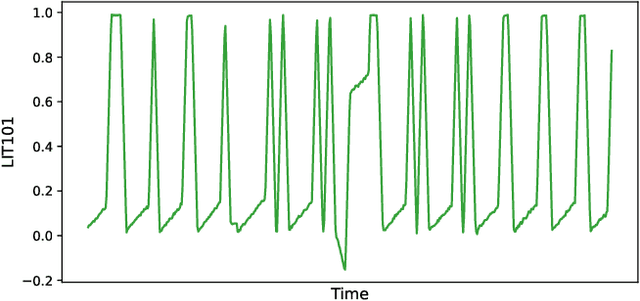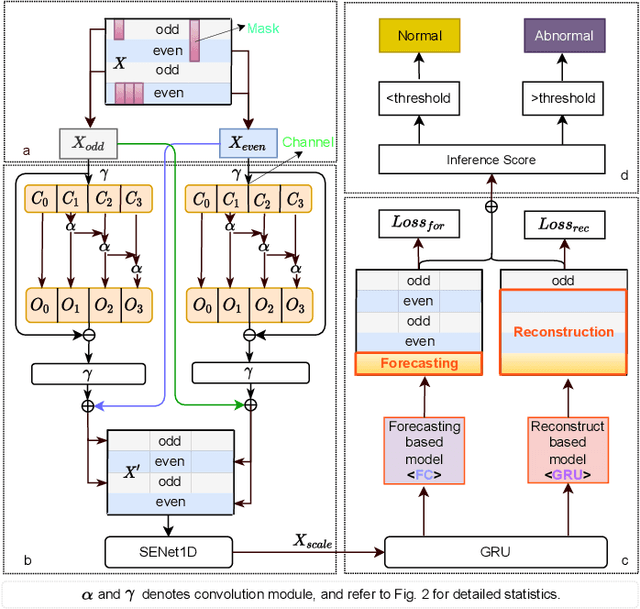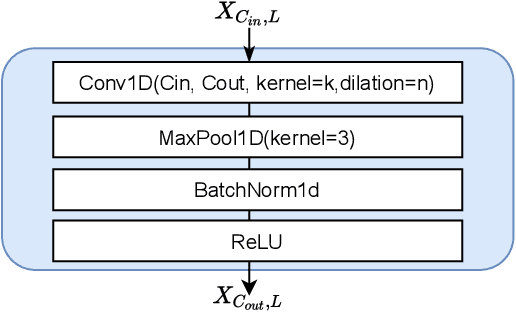Dong Zhu
PNE-SGAN: Probabilistic NDT-Enhanced Semantic Graph Attention Network for LiDAR Loop Closure Detection
Apr 11, 2025



Abstract:LiDAR loop closure detection (LCD) is crucial for consistent Simultaneous Localization and Mapping (SLAM) but faces challenges in robustness and accuracy. Existing methods, including semantic graph approaches, often suffer from coarse geometric representations and lack temporal robustness against noise, dynamics, and viewpoint changes. We introduce PNE-SGAN, a Probabilistic NDT-Enhanced Semantic Graph Attention Network, to overcome these limitations. PNE-SGAN enhances semantic graphs by using Normal Distributions Transform (NDT) covariance matrices as rich, discriminative geometric node features, processed via a Graph Attention Network (GAT). Crucially, it integrates graph similarity scores into a probabilistic temporal filtering framework (modeled as an HMM/Bayes filter), incorporating uncertain odometry for motion modeling and utilizing forward-backward smoothing to effectively handle ambiguities. Evaluations on challenging KITTI sequences (00 and 08) demonstrate state-of-the-art performance, achieving Average Precision of 96.2\% and 95.1\%, respectively. PNE-SGAN significantly outperforms existing methods, particularly in difficult bidirectional loop scenarios where others falter. By synergizing detailed NDT geometry with principled probabilistic temporal reasoning, PNE-SGAN offers a highly accurate and robust solution for LiDAR LCD, enhancing SLAM reliability in complex, large-scale environments.
Addressing the Accuracy-Cost Tradeoff in Material Property Prediction: A Teacher-Student Strategy
Aug 22, 2023



Abstract:Deep learning has revolutionized the process of new material discovery, with state-of-the-art models now able to predict material properties based solely on chemical compositions, thus eliminating the necessity for material structures. However, this cost-effective method has led to a trade-off in model accuracy. Specifically, the accuracy of Chemical Composition-based Property Prediction Models (CPMs) significantly lags behind that of Structure-based Property Prediction Models (SPMs). To tackle this challenge, we propose an innovative Teacher-Student (T-S) strategy, where a pre-trained SPM serves as the 'teacher' to enhance the accuracy of the CPM. Leveraging the T-S strategy, T-S CrabNet has risen to become the most accurate model among current CPMs. Initially, we demonstrated the universality of this strategy. On the Materials Project (MP) and Jarvis datasets, we validated the effectiveness of the T-S strategy in boosting the accuracy of CPMs with two distinct network structures, namely CrabNet and Roost. This led to CrabNet, under the guidance of the T-S strategy, emerging as the most accurate model among the current CPMs. Moreover, this strategy shows remarkable efficacy in small datasets. When predicting the formation energy on a small MP dataset comprising merely 5% of the samples, the T-S strategy boosted CrabNet's accuracy by 37.1%, exceeding the enhancement effect of the T-S strategy on the whole dataset.
An Unsupervised Short- and Long-Term Mask Representation for Multivariate Time Series Anomaly Detection
Aug 19, 2022



Abstract:Anomaly detection of multivariate time series is meaningful for system behavior monitoring. This paper proposes an anomaly detection method based on unsupervised Short- and Long-term Mask Representation learning (SLMR). The main idea is to extract short-term local dependency patterns and long-term global trend patterns of the multivariate time series by using multi-scale residual dilated convolution and Gated Recurrent Unit(GRU) respectively. Furthermore, our approach can comprehend temporal contexts and feature correlations by combining spatial-temporal masked self-supervised representation learning and sequence split. It considers the importance of features is different, and we introduce the attention mechanism to adjust the contribution of each feature. Finally, a forecasting-based model and a reconstruction-based model are integrated to focus on single timestamp prediction and latent representation of time series. Experiments show that the performance of our method outperforms other state-of-the-art models on three real-world datasets. Further analysis shows that our method is good at interpretability.
 Add to Chrome
Add to Chrome Add to Firefox
Add to Firefox Add to Edge
Add to Edge